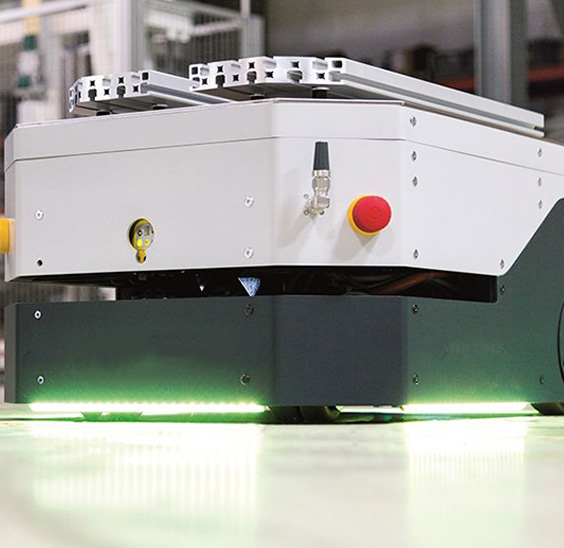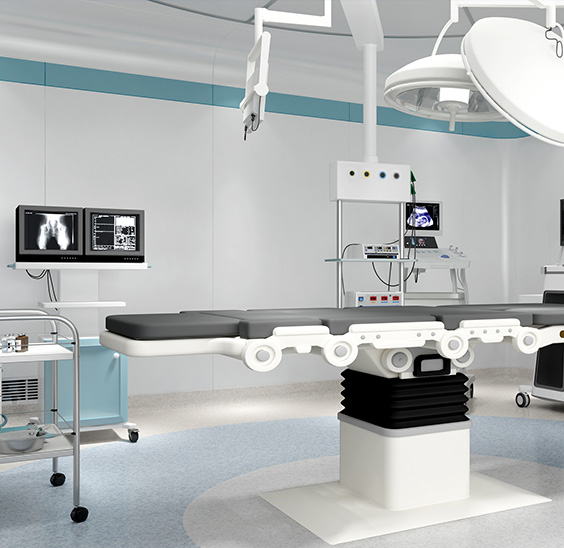How to safely release a stuck brake chamber manually?
For commercial truck drivers and fleet maintenance personnel, a stuck brake chamber can transform routine operations into high-stress emergencies. When hydraulic or pneumatic systems fail to disengage the brake chamber—a critical component of air brake systems—knowing how to manually release it is essential to prevent downtime, costly repairs, or safety hazards.
Understanding the Brake Chamber’s Role
The brake chamber converts compressed air pressure into mechanical force to engage or disengage brakes. When a chamber becomes stuck (often due to corrosion, mechanical failure, or air system leaks), the brakes may lock, immobilizing the vehicle. Manual release is a temporary solution to move the vehicle to a repair facility—not a substitute for professional repairs.
Tools and Precautions
Before proceeding:
Safety First: Park on level ground, engage parking brakes, and chock wheels. Wear gloves and eye protection.
Identify the Chamber: Locate the type (standard or long-stroke) and ensure it’s a spring brake chamber (with a caging bolt or manual release tool).
Tools Needed: Adjustable wrench, caging bolt kit (if required), and a pry bar.
Step-by-Step Manual Release Procedure
1. Depressurize the System
Turn off the engine and release air pressure by repeatedly pressing the brake pedal until the air gauge reads near zero. This minimizes accidental brake engagement.
2. Locate the Caging Bolt or Release Mechanism
For spring brake chambers (common in parking brakes):
Find the caging bolt port on the chamber’s rear.
Insert the manufacturer-provided caging bolt or release tool into the port.
3. Cage the Spring
Slowly turn the caging bolt clockwise using a wrench. This compresses the powerful spring inside the chamber, neutralizing its force.
Caution: Sudden spring release can cause severe injury. Tighten gradually until resistance is felt.
4. Verify Brake Release
Once caged, the brake shoes should disengage. Test by gently rocking the vehicle (if safe) or visually inspecting wheel movement.
5. Secure the Bolt and Proceed
Lock the caging bolt in place with a nut or retaining clip. Drive cautiously at low speed to a repair facility—the brake system remains compromised.
Critical Warnings
Never bypass this process with makeshift tools. Inadequate caging can lead to catastrophic spring failure.
Do not disassemble the chamber. Internal components are under extreme tension.
Replace damaged chambers immediately. A stuck brake chamber often signals wear, corrosion, or seal failure.
Why Professional Repair is Non-Negotiable
Manual release is a stopgap measure. Persistent issues may indicate:
Air line leaks
Failed diaphragm
Corroded pushrods
Faulty slack adjusters
A certified technician must inspect the chamber, air system, and related components to restore full braking capacity.
Mastering manual brake chamber release empowers drivers to handle emergencies confidently. However, this procedure underscores the importance of routine inspections, air system maintenance, and timely component replacements. By prioritizing brake chamber health, fleets ensure regulatory compliance, operational safety, and uninterrupted service.


 EN
EN  English
English Português
Português










